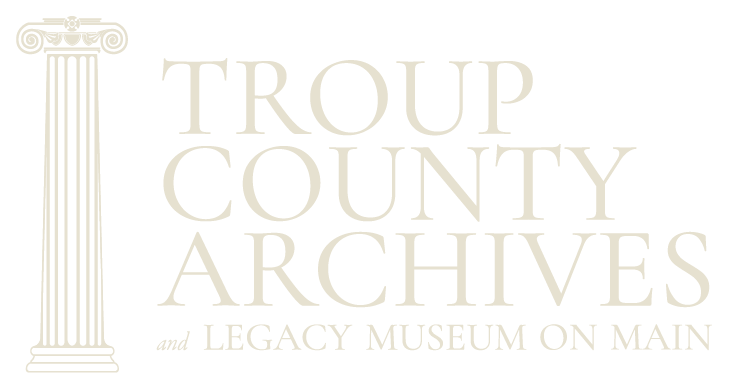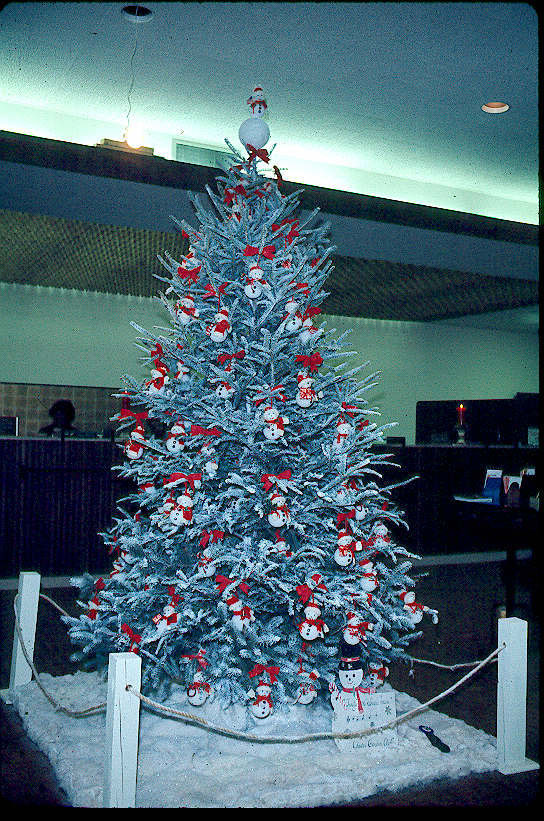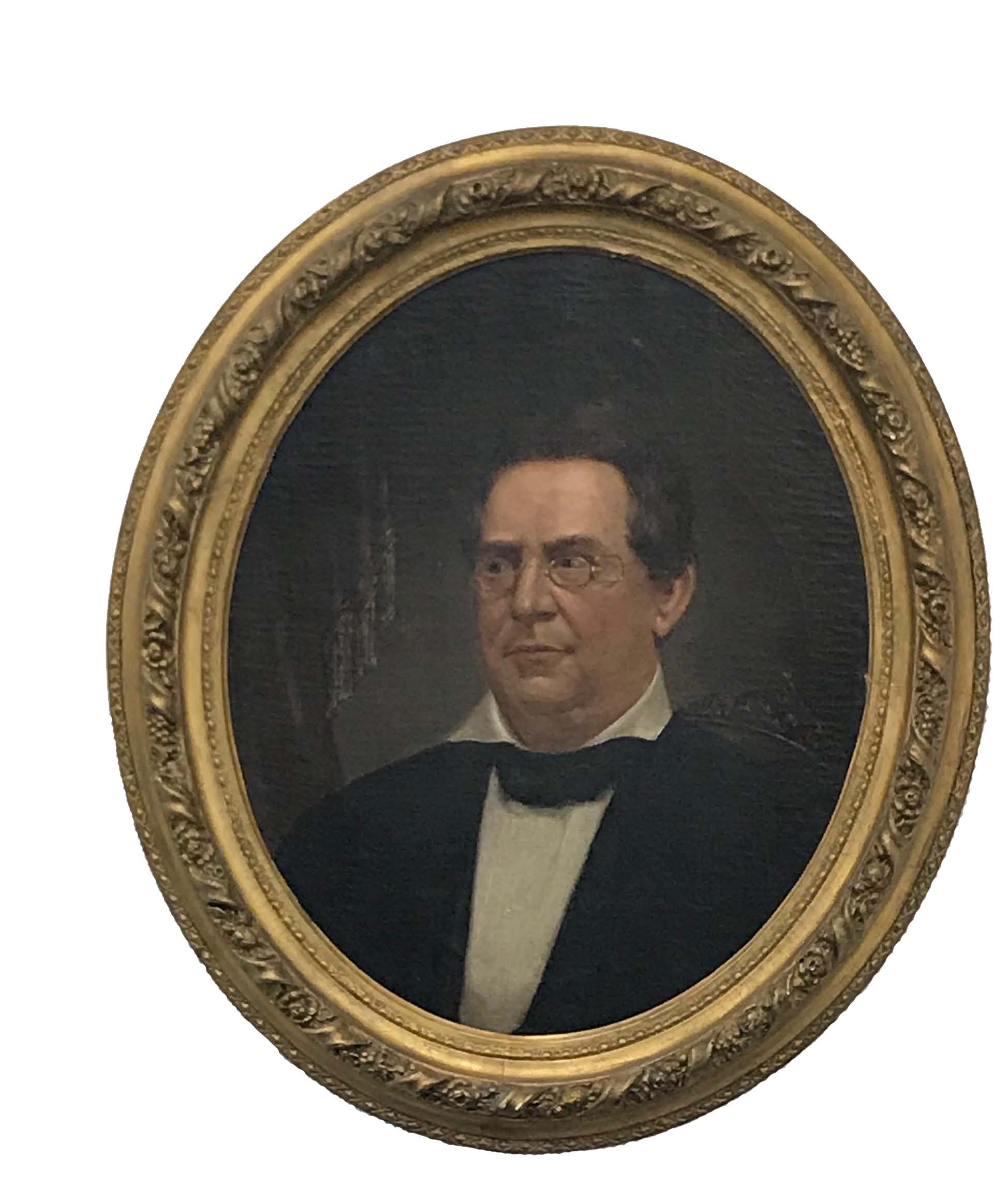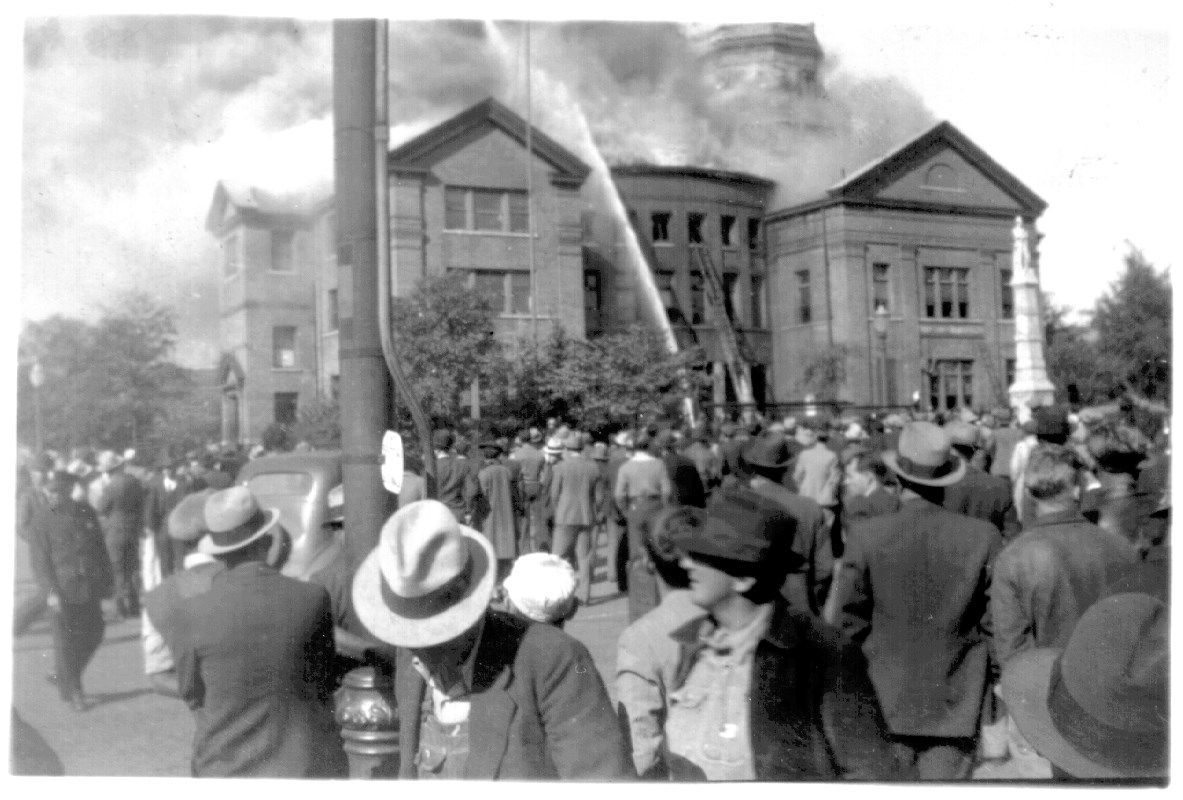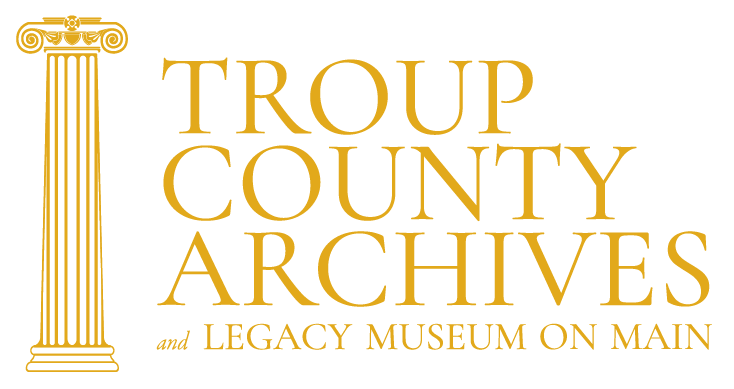Art washes away from the soul the dust of everyday life. – Pablo Picasso
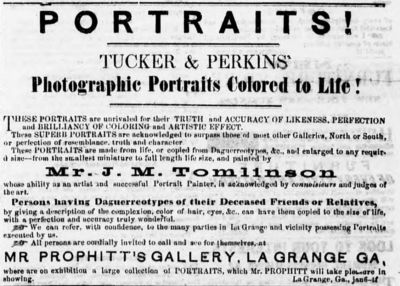
During an interview, Barbara Bush, former First Lady of the United States, was asked if she would sit for her son George W. to paint she replied “Absolutely not. As good as he is, it might look like me!” Portraiture art is a very old art form that has its roots in at least ancient Egypt but portraits serve as more than just art. They are seen as historical primary sources that supplement textual records and even stand alone without textual backing. In the Victorian era, portraits were seen as visual primary sources and were a luxury. It should be noted that those who were affluent were able to afford to sit for a portraitist, therefore, limiting the number of primary portraiture records left by the less affluent and marginalized.
Linda J. Docherty says “As makers of primary documents, portraits are subjective witnesses, not reflective surfaces.” Portraits can show wealth, taste, power, importance, virtue, beauty, and even personality. A more introspective individual, turned away from the viewer physically can indicate their introspection. A portrait of an early careerist can show a wide-eyed but confident young woman but towards the end of her career can show wisdom, experience, and aging.
Portraitists are often expected to flatter their subjects as they are often the ones com-missioning the portrait or have great notoriety and power. Those who refused to flatter, find their work rejected or even burned! Upon his eightieth birthday, Sir Winston Churchill sat for Graham Sutherland who was commissioned by both Houses of Parliament to create a portrait of Churchill to hang in the Palace of Westminster after his death. Sutherland was challenged by Lord Moran, Churchill’s doctor, to “…see him when he has got the greasepaint off his face.” Moran felt that Churchill was always acting around others and that Sutherland would portray the Churchill legend rather than who Moran knew. Churchill was not happy, he may have even been outright enraged, with what Sutherland painted and almost did not attend the unveiling ceremony. In so many ways Churchill was a stalwart of his age who fearlessly led the world to overcome many great challenges but Churchill was afraid of aging and death. Sutherland’s portrait showed Churchill’s aging and inevitable death. Churchill’s portrait was burned at his instruction and no longer exists in its original form.
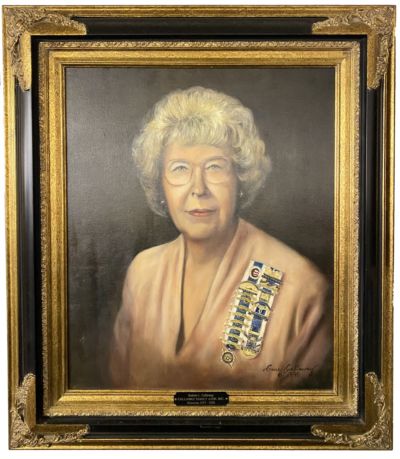
Bobbie L. Callaway who served as the historian of the Callaway Family Association from 1977 to 1996. The portrait was painted by Gene Callaway and features the subject’s Daughters of the American Revolution ribbons. TCA Collections
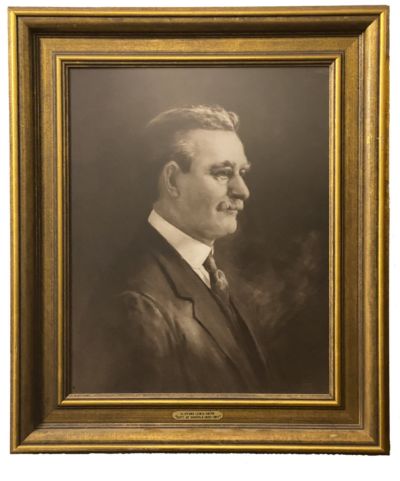
Clifford Lewis Smith, superintendent of schools from 1903 to 1917, wrote the History of Troup County in 1933. His portrait was painted for the Board of Education.
During the mid to late nineteenth and early twentieth centuries, Troup County citizens were able to commission their own portraits from local artists and galleries. At Schaub’s Art Gallery one could have a crayon portrait made as a Christmas present for their loved ones. The LaGrange firm Cameron & Van Amer produced crayon or pastel portraits. Professor Cameron was a native of Scotland and “a graduate of the European art schools.” Mr. W. Van Amer was a native of Holland and “a graduate of the art schools of Paris and Berlin.” In 1901 the paper published a help wanted ad for “twenty good agents” who did work in crayon, pastel, watercolors, and sepia. Those interested in applying were to write the Progressive Portrait House in Hogansville.
In 1900, Callaway’s Department Stores placed an ad for medallion portraits. In order to have a medallion portrait made one sent ten soap wrappers from the Armour Soap Works and a photograph. This, of course, was a push to advertise and sell soap. In 1860, Tucker & Perkins placed an ad for portraits made by Mr. J. M. Tomlinson through Mr. Prophitt’s Gallery in LaGrange. Customers were asked to provide daguerreotypes “of their deceased friends or relatives.” Such was the interest in portraits, that in 1911 the LaGrange Reporter published that “The highest price ever paid at a public auction for a woman’s portrait in England was $72,500, which was…of Lady Louise Manners, sold in 1901.”
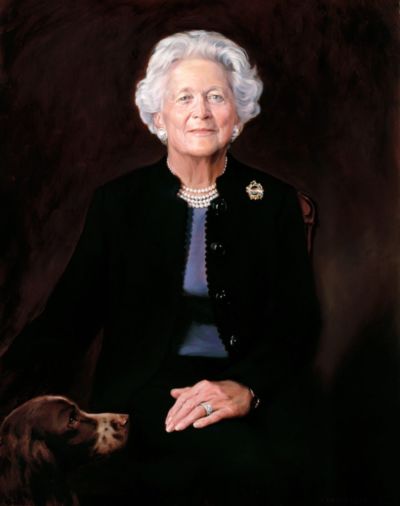
First Lady Barbara Bush’s official portrait was painted by Charles Fagan.
The Troup County Archives has within its collections several portraits of local citizens’ past. Many portraits and photographs were made of Cason Callaway but a pencil sketch of him is within the collections at the Archives. In 2017, a portrait of Clifford L. Smith, former Superintendent of Schools was accessioned into the Archives collections. Smith served as Superintendent from 1905 to 1915 but is well known today for his book entitled Troup County History published in 1933. Another portrait in the collections is of Bobbie L. Callaway who served as the Callaway Family Association Historian. The portrait painted by Gene Callaway in 1996, depicts Ms. Callaway with her National Society of the Daughters of the Ameri-can Revolution medals.
Every President and First Lady of the United States are subjects of numerous portraits. Since 1965 the White House Historical Association works to acquire and donate portraits of presidents and first ladies.
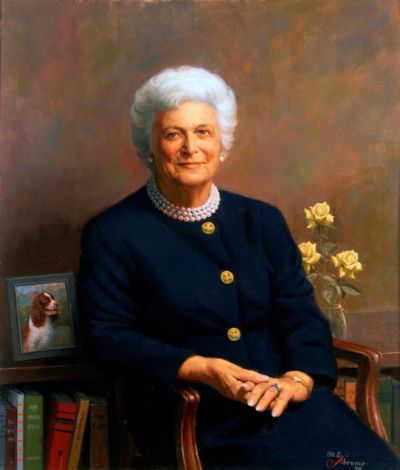
Barbara Bush portrait by Herbert E. Adams. Courtesy White House Historical Association
In 1965, the association worked to acquire a portrait of Eleanor Roosevelt from the widow of artist Douglas Granville Chandor. The association now commissions artists to create portraits and donate them to the White House Collection. In 1978, President Jimmy Carter unveiled the official White House portraits of former President Gerald Ford and former First Lady Betty Ford in an East Room ceremony. Carter asked not to have a ceremony but all other presidents and first ladies since have participated in an unveiling ceremony several years after leaving office. Former First Lady Barbara Bush’s portrait was completed by Herbert E. Adams and unveiled in 1995. Mrs. Bush did not like this portrait though and asked that another portrait be made. The second portrait was done by Charles Fagan and was completed in 2005. The invention and popularity of photography changed the way people document themselves and the world around them. As photography became more affordable and accessible, the need for portraits as historical documents became less essential. Stereoscopes to daguerreotypes to digital photographs would revolutionize access and affordability. Today most of us have a cell phone that has many features including the ability to instantly make high-resolution digital images.
We are no longer required to sit hours for a photo to be taken or a portrait to be painted to ensure our image will be extant for generations to come.
– Alexander Hughes
